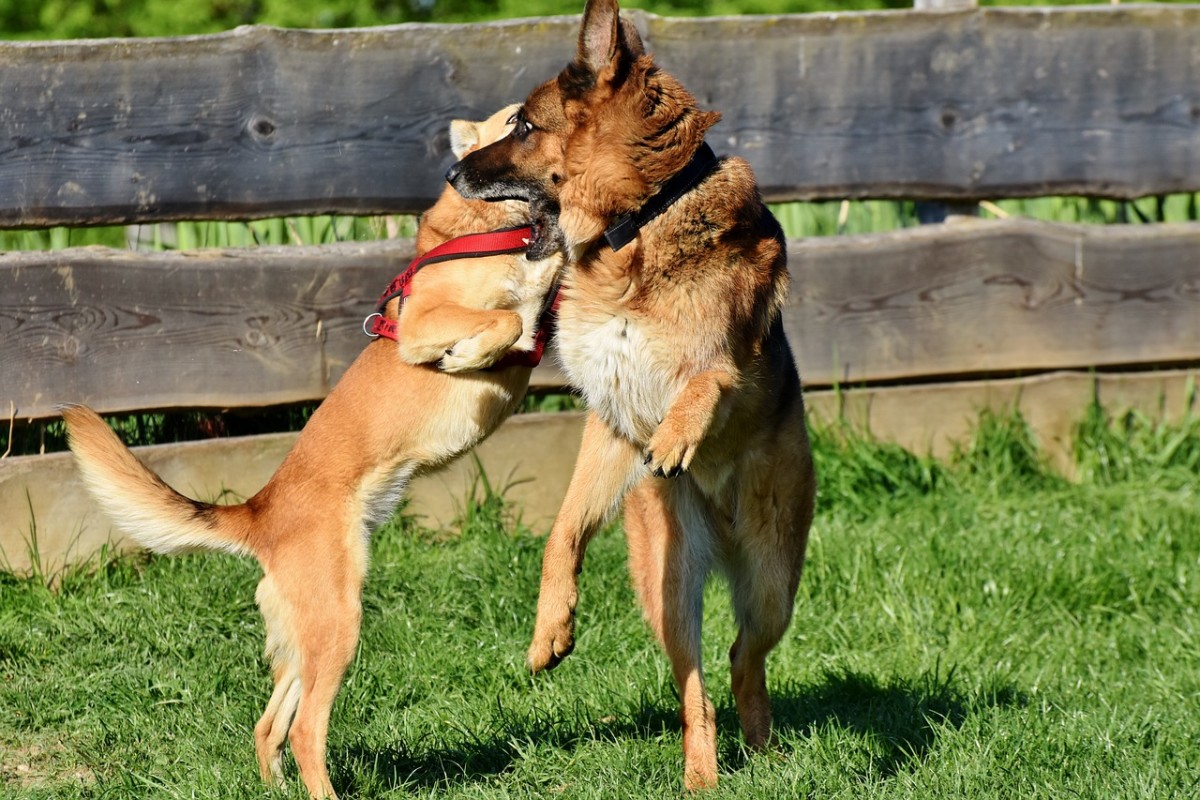Managing Fear Aggression in Dogs A Guide for Responsible Pet Owners

Fear Aggression in Dogs
Fear aggression occurs when a dog feels threatened and reacts with aggression as a defense mechanism. This behavior is often rooted in anxiety or fear, and it can manifest in various ways, including growling, snapping, or biting. Dogs may display fear aggression in situations that feel overwhelming or unfamiliar, such as crowded places, loud noises, or encounters with other dogs. Understanding the underlying causes of this behavior is crucial for responsible pet ownership.
It’s essential to observe your dog’s body language to identify signs of fear. Common indicators include cowering, tucking their tail, or showing the whites of their eyes. Recognizing these signs early can help you intervene before aggression escalates.
Early Intervention
Addressing fear aggression in dogs early on can prevent the behavior from worsening. Ignoring the signs may lead to more severe reactions over time. If you notice fear-based behaviors in your dog, it’s crucial to seek help from a professional dog trainer or behaviorist who specializes in aggression. They can help you develop a tailored training plan that focuses on desensitization and positive reinforcement.
Creating a Safe Environment
Establishing a safe environment is vital for managing fear aggression in dogs. Ensure that your dog has a designated space in your home where they feel secure. This space should be quiet and away from distractions, providing a retreat when they feel overwhelmed.
In public spaces, using a harness and leash set can enhance control and provide your dog with a sense of security. A harness can help distribute pressure evenly across your dog’s body, making it more comfortable and reducing the risk of injury during sudden pulls. This setup allows you to manage your dog’s movements better, especially in potentially stressful situations.
Training Techniques to Address Aggression
Positive reinforcement training is one of the most effective methods for managing aggression in dogs. Reward-based training encourages desired behaviors while discouraging fear-based reactions. Here are some techniques you can implement:
Desensitization
Desensitization involves gradually exposing your dog to the stimuli that trigger their fear. Start at a distance where your dog feels comfortable and gradually decrease the distance over time. Reward them with treats and praise for remaining calm. This process helps them associate positive experiences with previously fear-inducing situations.
Counter-Conditioning
Counter-conditioning is a technique that changes your dog’s emotional response to a trigger. For example, if your dog reacts aggressively towards other dogs, you can help them associate the presence of other dogs with something positive, like treats or playtime. By consistently reinforcing this new association, you can help reduce their fear aggression over time.
Basic Commands
Teaching your dog basic commands such as “sit,” “stay,” and “leave it” can significantly improve your ability to manage fear aggression. These commands can redirect their focus away from triggers and help establish control in stressful situations.
Socialization is Key
Socialization plays a critical role in reducing fear aggression in dogs. Exposing your dog to various environments, people, and other animals in a controlled manner can help them become more adaptable and confident. Start socialization efforts early, but continue to introduce your dog to new experiences throughout their life.
Gradually introduce your dog to new experiences, ensuring they feel secure and rewarded. Use positive reinforcement to encourage calm behavior in these situations. The goal is to help your dog develop a well-rounded perspective, reducing the likelihood of fear-induced aggression.
Recognizing and Managing Triggers
Understanding your dog’s triggers is essential for managing aggression in dogs effectively. Keep a journal to track instances of fear aggression, noting the context and any potential triggers. This information can help you identify patterns and develop strategies to mitigate exposure to these triggers.
Once you recognize specific triggers, you can work to minimize your dog’s exposure to them. For instance, if your dog becomes aggressive around unfamiliar people, consider using a harness set when guests arrive, allowing for better control during introductions.
Professional Help
Sometimes, fear aggression can be complex and require professional assistance. A qualified dog trainer or behaviorist can provide personalized guidance tailored to your dog’s needs. They will assess your dog’s behavior and recommend appropriate training methods to address fear aggression effectively.
Behavior Modification Programs
Participating in a structured behavior modification program can be beneficial for dogs exhibiting fear aggression. These programs typically involve a combination of training techniques, including desensitization and counter-conditioning. The guidance of a professional ensures you’re applying these techniques correctly and consistently.
Building a Strong Bond with Your Dog
A strong bond with your dog can significantly impact their behavior. Spend quality time together, engage in play, and create positive experiences. Building trust and a sense of security will help your dog feel more comfortable in various situations, reducing the likelihood of fear aggression.
Conclusion
Managing fear aggression in dogs requires patience, understanding, and a commitment to training. By recognizing the signs of aggression, creating a safe environment, and employing positive reinforcement techniques, responsible pet owners can help their dogs overcome fear-based behaviors. Remember that progress may be gradual, and seeking professional help can make a significant difference. With dedication and care, you can guide your dog toward a more confident and relaxed demeanor, ensuring a happier life for both of you.






